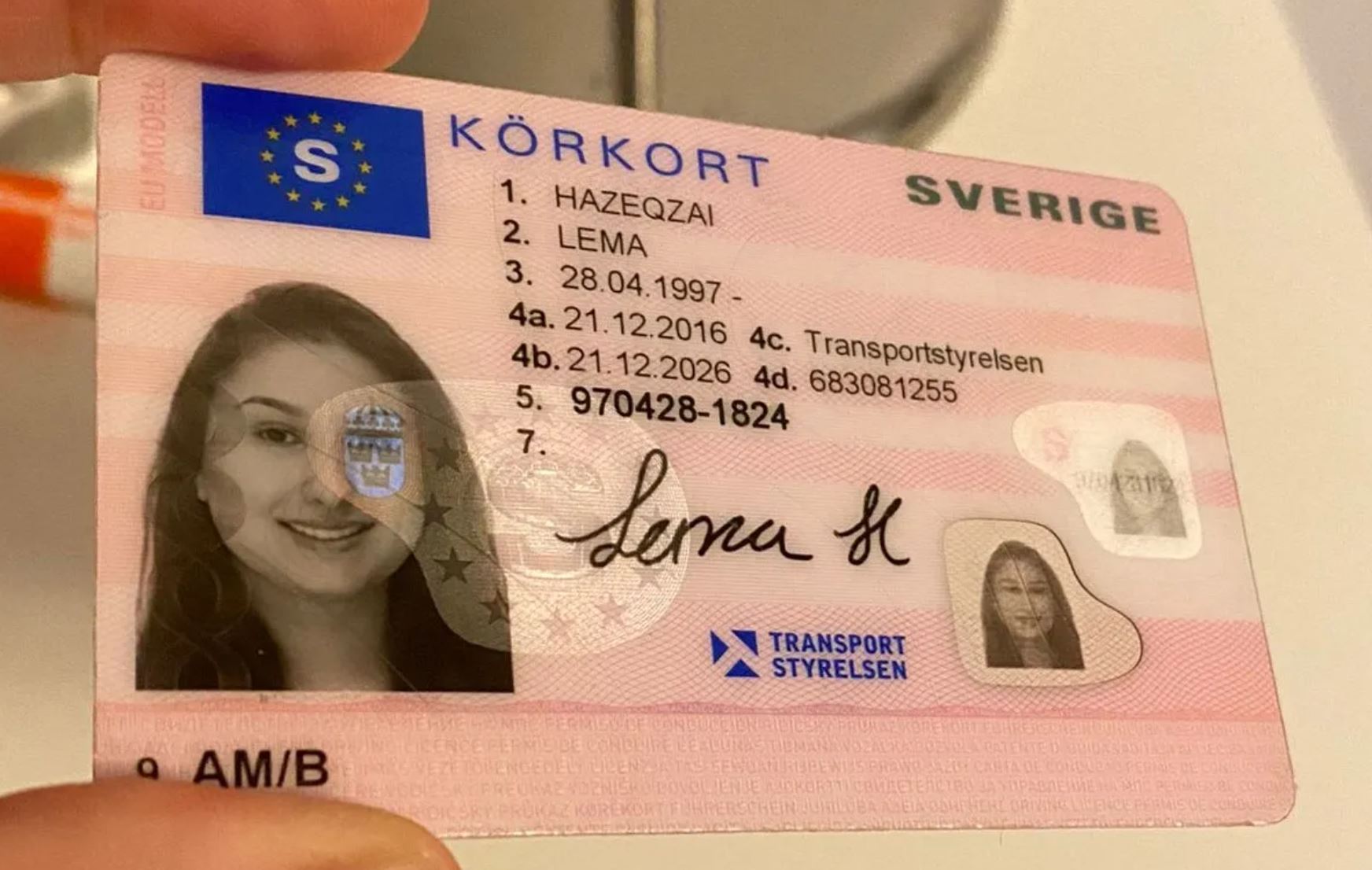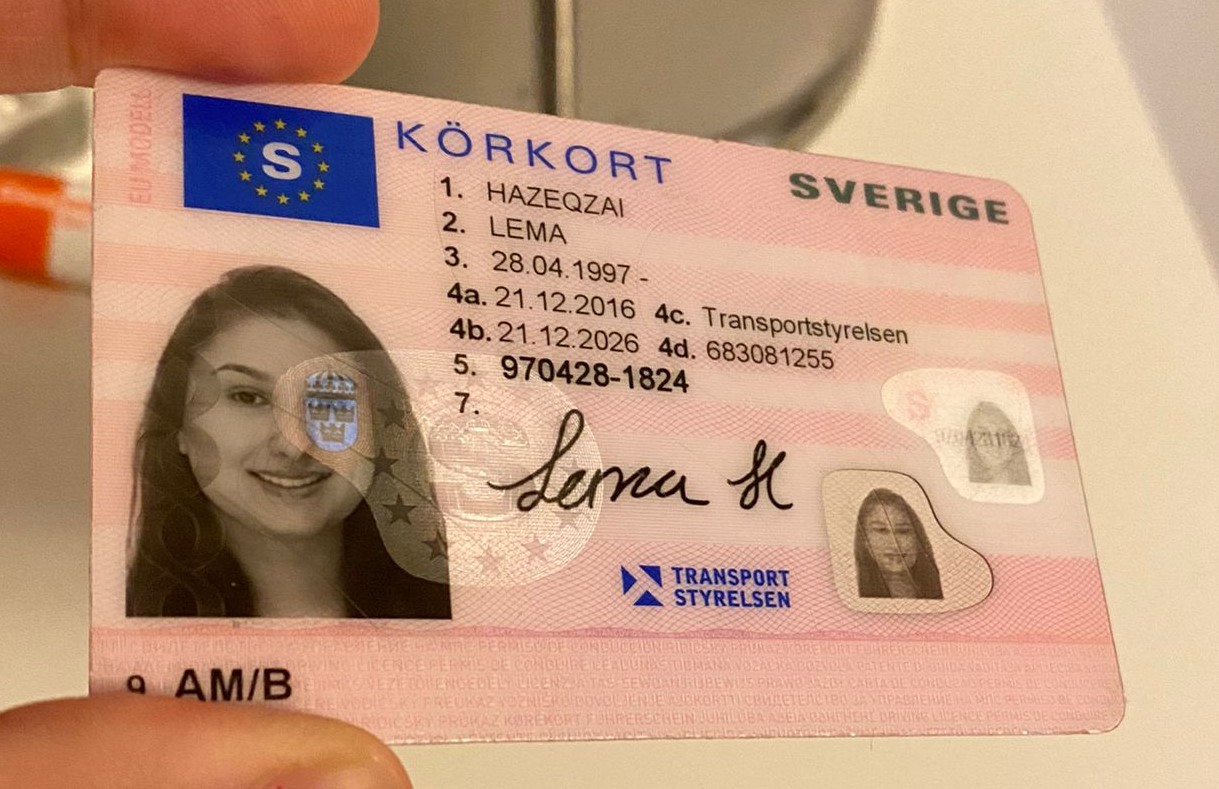The Driving License Id-Handling 2025 Case Study You'll Never Forget
페이지 정보
작성자 Astrid 댓글 0건 조회 423회 작성일 25-06-27 22:08본문

The Future of Driving Licenses: ID Handling in 2025
As technology continues to progress at an unmatched rate, various sectors are embracing developments to enhance user experience and effectiveness. Among the areas experiencing considerable improvement is identity management, particularly concerning driving licenses. With the introduction of digital licenses and advanced identification techniques, the landscape of driving license ID handling is expected to go through substantial changes by 2025. This short article checks out the anticipated advancements in driving license ID handling, the ramifications for users, and answers often asked concerns about the future of driving licenses.
The Evolution of Driving Licenses
Driving licenses have actually typically worked as a method of recognizing an individual's authority to operate a motor lorry. They likewise serve several secondary purposes, including age verification and identity verification for banking and travel. However, the physical card system has limitations, including dangers of counterfeiting, loss, and outdated information. As society gravely counts on effective and safe recognition systems, the shift towards digital licenses is becoming progressively popular.
Existing Trends in Driving License ID Handling
Digital Licenses: Many states are piloting digital driving licenses that allow users to keep their credentials on their smart devices. These digital licenses are designed with innovative security functions, consisting of biometric information, and can be scanned or shared safely.
Blockchain Technology: Some jurisdictions are exploring blockchain to boost the security and credibility of driving licenses. This innovation ensures that details can not be damaged and that the information is quickly proven.
Facial Recognition: Increasingly utilized in recognition practices, facial recognition technology can speed up the procedure of confirming an individual's identity versus their driving license. This innovation likewise helps reduce fraud and preserve the stability of the licensing systems.
Multi-Functional Licenses: Future driving licenses might incorporate extra features such as health records, travel documents, and even payment systems, supplying a comprehensive identity solution.
The Benefits of Digital Driving Licenses by 2025
The shift towards digital driving licenses provides numerous advantages, consisting of:
Convenience: Users can access their licenses anytime, which removes the requirement for physical cards. This is especially beneficial when people forget their license, as digital copies can be recovered rapidly.
Security: Advanced security procedures can reduce the danger of identity theft, scams, and unapproved duplication. Digital licenses frequently consist of file encryption and biometric confirmation.
Effectiveness: Reduced wait times at government workplaces and during traffic stops, as police can confirm digital licenses instantly.
Ramifications for Users
While the developments in driving license ID dealing with present numerous benefits, they likewise feature obstacles. Users require to adapt to new technology and ensure they comprehend the modifications and their implications. Here are some considerations:
Privacy Concerns: With increased digital footprints, there will be increased concerns over information personal privacy and how biometric data is stored and utilized.
Accessibility Issues: Individuals without access to smart devices or digital innovations might deal with barriers to acquiring and using digital licenses.
Regulatory Compliance: With various jurisdictions embracing various systems and processes, users need to understand their regional laws relating to digital licenses and recognition.
Prepared For Changes in Driving License ID Handling by 2025
| Element | Existing Status | Anticipated Change by 2025 |
|---|---|---|
| License Format | Physical cards | Primarily digital licenses |
| Verification Process | Manual checks | Automated biometric verification |
| Security Measures | Fundamental holograms and features | Advanced encryption and blockchain |
| Jurisdictional Differences | Fragmented processes across states | More standardized national systems |
| User Interaction | In-person renewals and checks | Mobile applications for management |
FAQs
1. What is a digital driving license?A digital driving license is an electronic variation of a conventional driving license that is saved on a mobile device. It can be used for recognition and confirmation in numerous circumstances, with enhanced security features to avoid scams.
2. How will digital licenses boost security?Digital licenses utilize file encryption and biometric information, making them harder to forge or misuse compared to traditional cards. Additionally, blockchain innovation can guarantee data credibility and integrity.
3. Will everybody be required to switch to a digital license?While numerous jurisdictions are approaching digital licenses, Cv Körkort regulations may differ. Users are encouraged to inspect with their regional licensing authorities for specific guidelines.
4. What are the prospective downsides of digital licenses?Some prospective drawbacks consist of personal privacy issues regarding data storage, availability issues for individuals without smart devices or digital literacy, and the requirement for a robust regulatory structure to handle security and user rights.

5. How can I prepare for the shift to digital licenses?Stay notified about regional efforts concerning digital licenses, explore available mobile applications for managing recognition, and cultivate digital literacy to browse new technologies confidently.
The future of driving licenses and ID handling is poised for considerable advancement by 2025. As digital licenses end up being more widespread, users will experience enhanced security, convenience, and effectiveness. However, together with the benefits come challenges that will need public awareness and adaptation. Stakeholders should focus on education, policy, and accessibility to make sure a smooth shift that empowers people with the recognition tools of the future. As innovation advances, so too will the approaches through which society handles identity, particularly essential in procedures as basic as operating a motor car.
댓글목록
등록된 댓글이 없습니다.

